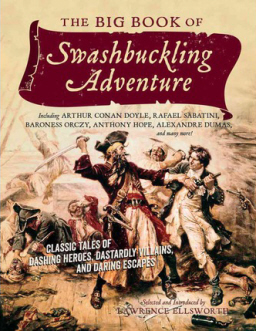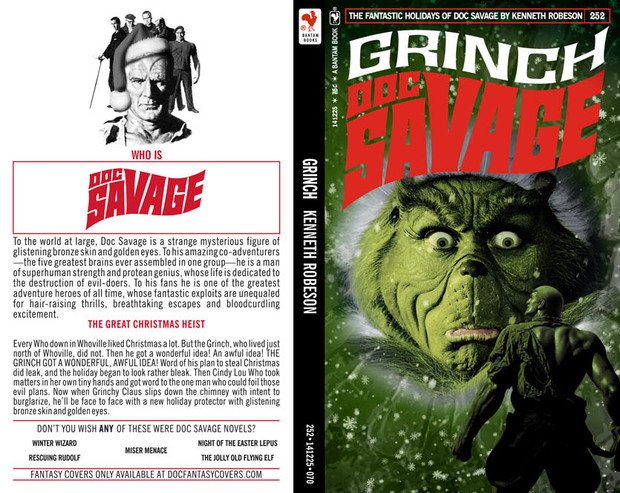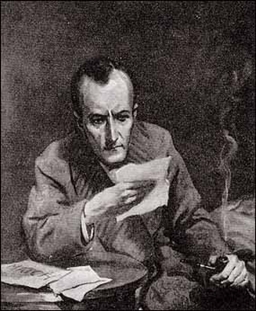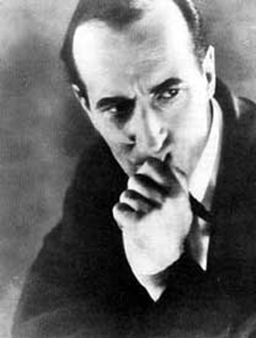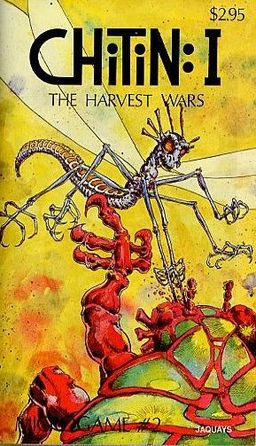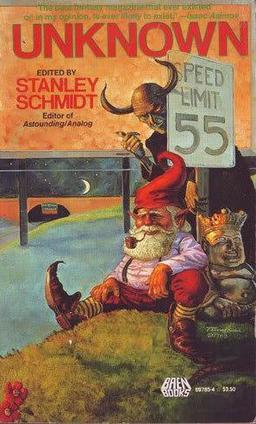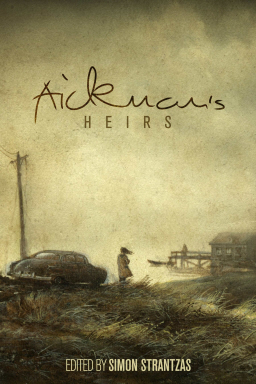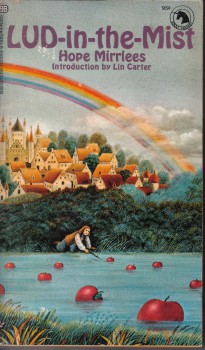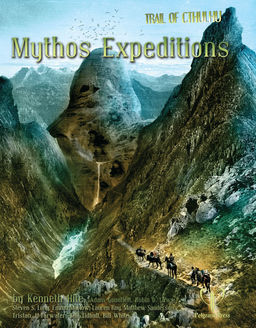Adventure On Film: Richard Lester’s The Three Musketeers
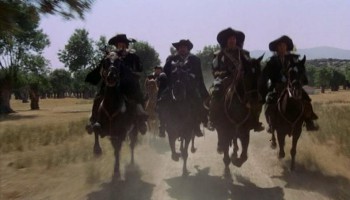 I can hear the protests already: “Don’t you mean Alexander Dumas’s The Three Musketeers?” Well, yes. In a way. But I refer here to the film, not the novel. This 1973 outing is one of perhaps eight full-length film adaptations of this grand French chestnut, and, as directed by Richard Lester, it’s essential viewing for all fans of action, swordplay, and pace.
I can hear the protests already: “Don’t you mean Alexander Dumas’s The Three Musketeers?” Well, yes. In a way. But I refer here to the film, not the novel. This 1973 outing is one of perhaps eight full-length film adaptations of this grand French chestnut, and, as directed by Richard Lester, it’s essential viewing for all fans of action, swordplay, and pace.
Indeed, to cut and slash the weighty novel down to a manageable length, no small violence has been done to the text, and the film practically tumbles over itself trying to keep up with its own story-telling requirements. Lester fills each rowdy frame with visions of period France; in his crowd scenes, there’s so much going on that the film bears an immediate second viewing, just to keep up with the busy visuals.
Best of all, of course, are the fabulous, kinetic, and often hilarious sword fights. Athos, Porthos, and Aramis may be musketeers, but there’s hardly a discharge of powder and shot to be found; these heroes (dandies and drunks, really) live by the sword, full stop.
